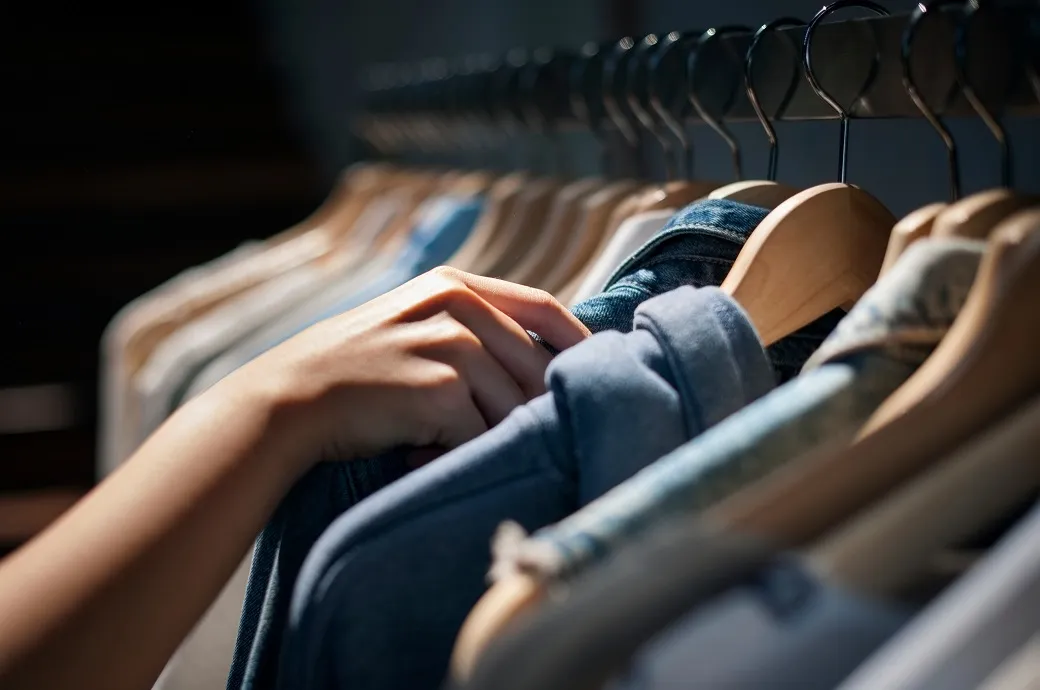
Denim on the rebound yet again, as highlighted by recent statistics. Denim sales in the US grew 4 per cent in 2016, says The NPD Group Inc, rising to $13.5 billion among the men’s and women’s categories. Marshal Cohen, Chief Industry Analyst, NPD Group, points out jeans are representative of retail as a whole, newness and innovation drive growth while the basics maintain volume. In the US, nearly 6 of 10 consumers (59 per cent) say they love or enjoy wearing denim, according to the Cotton Incorporated Lifestyle Monitor™ Survey, and they tend to wear jeans or denim shorts roughly three days a week. On an average, women own six pairs of jeans, one pair more than men who own five on an average.

Skinny jeans used to be a trend some years back just like athleisure is making waves now. This trend actually pressurized jeans manufacturers to come up with something new to entice customers. Roseanne Morrison, Fashion Director, The Doneger Group, says it just keeps evolving in a interesting ways. Right now there are certain designers that are setting the style direction, whether it’s Demna Gvasalia or Virgil Abloh for Off-White. They are definitely street designers setting the tone for denim, and those details are being adopted for both men and women. It’s the look they have to have for the season.
Levi’s, Wrangler, and the Tommy Hilfiger brand in Europe are well on track targeting millennials. In the US, Levi’s (26 per cent) and Wrangler (7 per cent) are the top-selling brands, according to Monitor data, although men are significantly more likely than women to purchase those brands (36 per cent versus 19 per cent for Levi; 16 per cent versus 0 percent for Wrangler). During the recent WGSN Futures conference in New York, Jonathan Cheung, Head of Global Design for Levi’s, shared what went right with the brand. He said that no other piece of clothing has had that much influence. What you see in the pair from the 1870s is the DNA that spawns every pair of jeans today. Half the world’s population wears jeans and has for the last century. It has enormous cultural significance. It has its pure design thing where it’s used by millions of people and any demographic men, women, children, young, old, rich, poor, working in orchards or digging up roads to the Rihannas and Kanyes to Beyonce. It’s truly a special thing and its modest label does not portray the magnificence of its heritage.
Consumers’ preferences
Cohen says, denim manufacturers and retailers are realising the importance of striking a balance between giving consumers the features they know and love, and introducing them to some new elements they didn’t know they needed. Morrison added that rigid denim and straighter legs inspired by the dark Japanese selvedge are influencing the American market. These jeans have a fuller cut, a straighter leg, and the jackets are oversized. But stretch isn’t going away. People are too used to comfort. The rigid and stretch jeans will co-exist. Morrison remarked that men everywhere are getting used to ‘flex’ denim because it provides added comfort. Denim is moving in a cleaner direction, although destructed denim can be seen everywhere. The early adopter will go after the fashion and overpay for it. But denim is moving at all ranges. It’s the base piece in the wardrobe.












